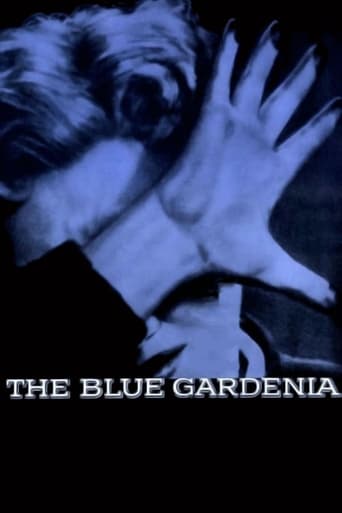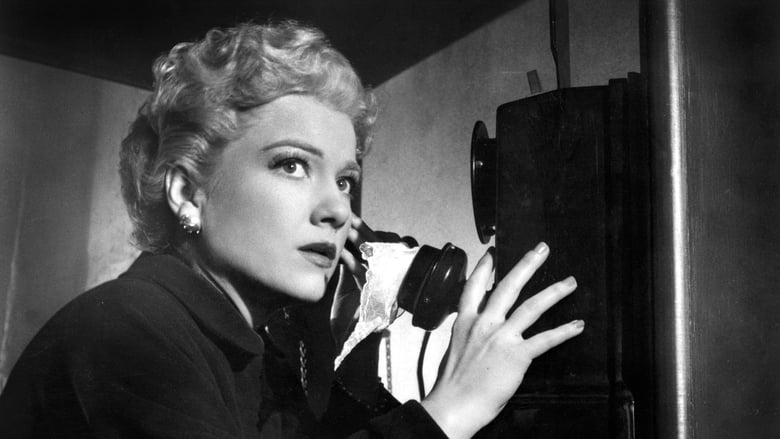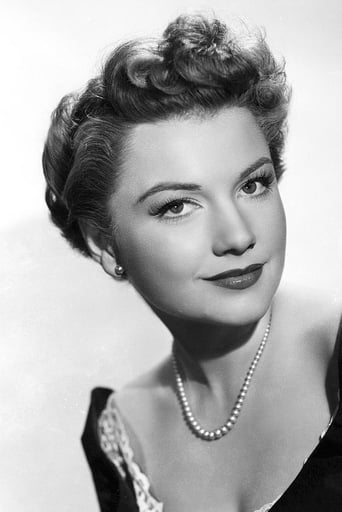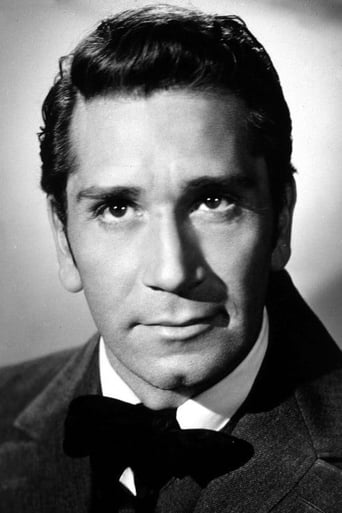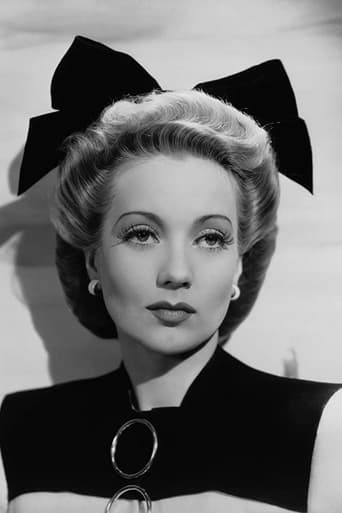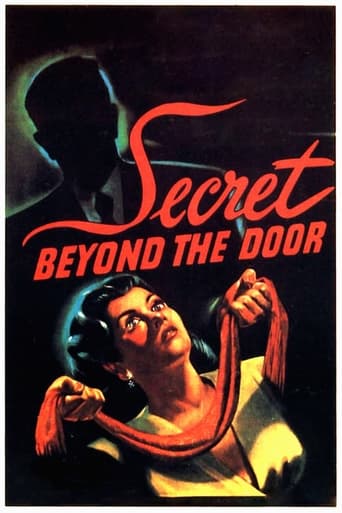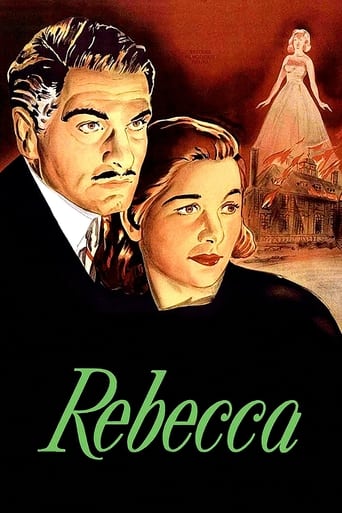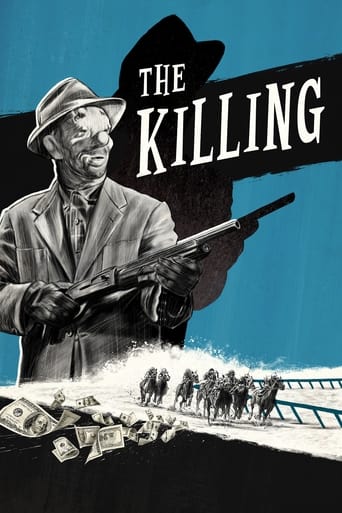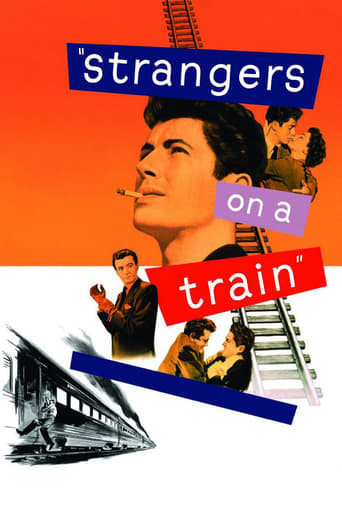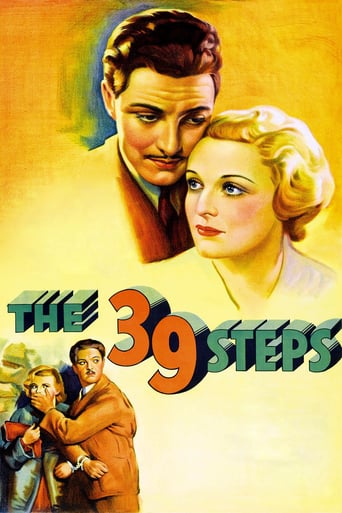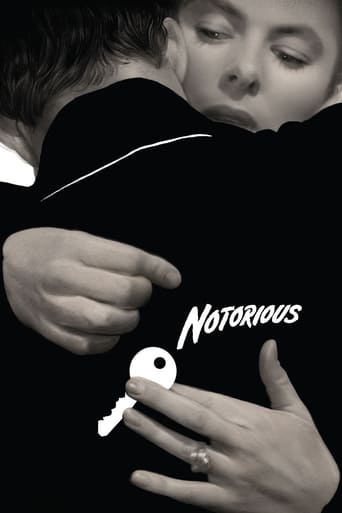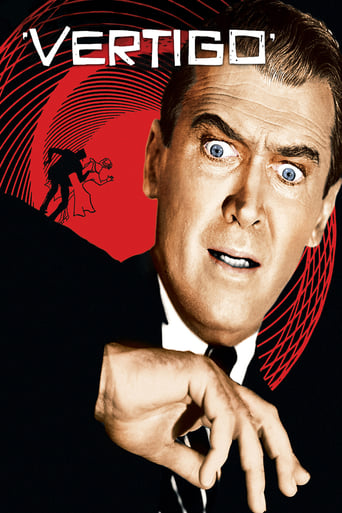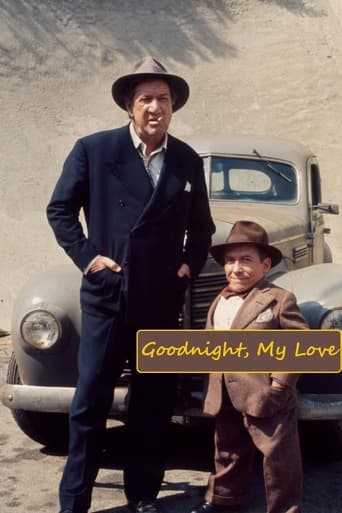The Blue Gardenia (1953)
Upon waking up to the news that the man she’d gone on a date with the previous night has been murdered, a young woman with only a faint memory of the night’s events begins to suspect that she murdered him while attempting to resist his advances.
Watch Trailer
Cast


Similar titles
Reviews
Sadly Over-hyped
Good story, Not enough for a whole film
It was OK. I don't see why everyone loves it so much. It wasn't very smart or deep or well-directed.
Through painfully honest and emotional moments, the movie becomes irresistibly relatable
The first part is rather cute. Sothern, Baxter, and Donnell play off one another really well as three girl buddies living together. Of course, viewers like me also have to get used to Raymond Burr as a lover-boy. After so many years as a movie heavy and TV's Perry Mason that takes some getting used to. But the lighter part ends when Burr turns up dead and Baxter thinks she did it. At that point, things turn more mysterious and psychological.Baxter is easy to look at as she assumes the central role of conflicted woman. More importantly, Baxter the actress wisely avoids her sometimes tendency to over-emote. But the movie's remainder is only mildly suspenseful as Baxter tries to deal with her supposed guilt. Did she really bonk Burr on the head with a poker since she was too drunk to know. And who can she turn to for help. Newspaperman Conte appears helpful, but maybe he's just interested in a big story. And what about Superman's George Reeves as a detective with a moustache, no less.There are some interesting visuals as one might expect from an artist like director Lang. Nonetheless, the overall result could have been helmed by a dozen lesser directors than the maker of Metropolis (1927) and Woman in the Window (1944). All in all, the movie's an interesting time-passer. But for fans of the German director like myself, it's nothing special.
"The Blue Gardenia" is a low budget thriller in which two young women (who are both named after flowers), two letters and two rather slimy bachelors, all have a significant impact on what transpires. At the centre of the story is a young woman who, as a result of making an unwise decision at a particularly vulnerable time, finds herself propelled into a nightmare. Unfortunately, the only avenue of escape open to her is very risky and requires her to put her trust in someone of whom she's uncertain.Based on a short story by Vera Caspary (who also wrote "Laura", which was made into a successful movie by Otto Preminger), this melodrama about the events surrounding a murder, soon develops from its light-hearted beginning into something far darker and more tense.Norah Larkin (Ann Baxter) is a telephone operator who shares an L.A. apartment with two of her friends from work. On her birthday, after the wisecracking Crystal Carpenter (Ann Southern) and the pulp-fiction loving Sally Ellis (Jeff Donell) have gone out, Norah spends the evening alone with a glass of champagne and a letter from her boyfriend who's a soldier in Korea. Shortly after reading the letter that informs her that she's been dumped, the telephone rings and Harry Prebble (Raymond Burr), under the misapprehension that she's Crystal, asks her out for dinner. In her confused and emotional state, Norah decides to accept the invitation and meets Harry at "The Blue Gardenia" nightclub.Harry's a predatory womaniser who gets Norah drunk on cocktails and takes her home to his apartment where he tries to force himself on her. In her panic, Norah grabs a poker and swings it over her head before hitting Harry as hard as she can. Next morning, when she wakes up, she can't remember what happened on the previous night. A little later, when she learns that Harry's been murdered, she becomes convinced that she's killed him and that some items (a lacy hanky, a blue gardenia and a pair of shoes) that she left behind at his apartment will quickly make her the prime suspect.Casey Mayo (Richard Conte) is a high profile newspaper columnist who takes an interest in the case and publishes an open letter entitled "Letter To An Unknown Murderess". In his letter, he invites the murderess (who he calls "The Blue Gardenia") to give his newspaper her exclusive story in return for top class legal representation which the newspaper will arrange. Norah, who is living in a constant state of fear, recognises that this seems to offer the best way forward but is also anxious about whether the columnist's offer is sincere or whether it's simply a ploy to get a sensational story for his newspaper.A clue to the mystery about what happened on the night of Harry's murder is given early on in the film but this, in no way, detracts from the absorbing nature of the story or the enjoyment which is further enhanced by the inclusion of Nat "King" Cole's performance of the title song and Nicholas Musuraca's marvellous cinematography. The scene in which Norah goes to Casey Mayo's office late at night is a real high point with its use of deep shadows, deep focus and neon lights etc. Interestingly, this was the first of three movies that Fritz Lang made relating to newspapers (the others being "While The City Sleeps" and "Beyond A Reasonable Doubt").
Blue Gardenia (1953)The likable Richard Conte makes a great news reporter here, and Anne Baxter as the woman in trouble is pitch perfect. In fact, Baxter's two sidekicks are also right on, Jeff Donnell (a woman, really sharp) and Ann Southern. It's a good story, a little forced, but with lots of atmosphere at the right times (including a scene with the real Nat King Cole playing and singing). What holds the movie back is a mixture of basic story line, which lacks velocity and credibility equally, and direction, which doesn't heighten what is really strong here. That is, a great cast, and some great situations (including murder). Fritz Lang, the director, is accountable, of course, for some judgements that let things loosen up too much, and for the cute but abrupt ending. There are some characters that got developed in the beginning that don't get a chance to blossom. If we just focus on the two leads (no counting Raymond Burr, who has a brief and different kind of presence), there is a chemistry not quite clicking. Nice, regular guy Conte and slightly sophisticated Baxter don't quite match up, even though both are convincing individually.There is some talent behind the scenes here worth mention, especially cinematographer Nicholas Musuraca, who has done a whole slew of great small movies with astonishing visuals. Lang uses him well, though with a studied restraint that almost implies this was a throwaway effort. It comes between two of his greatest American movies, however: Clash by Night and The Big Heat. It's worth a look, a good movie not quite a noir by usual measures, but filled with intrigue and a little touch of welcome romance.
Was expecting more from the list of credits, including Fritz Lang as Director and from a story by Vera Caspary, who wrote "Laura". Also Anne Baxter, who had an Oscar and a nomination to her credit. Ann Sothern was her sassy self and Raymond Burr was an excellent heavy. In retrospect, he would be an unlikely candidate for his role if the picture were made today, as his homosexuality would have made him an unlikely "lounge lizard", the lounge being 'The Blue Gardenia'.One of the highlights was the great Nat 'King' Cole singing the title song. The solid but uncharismatic Richard Conte was miscast as the reporter looking for a scoop. A disappointing effort all around from a film that starts out strong but falls flat with a contrived ending. A pseudo-film noir, it is more of a melodrama and a routine one at that.

